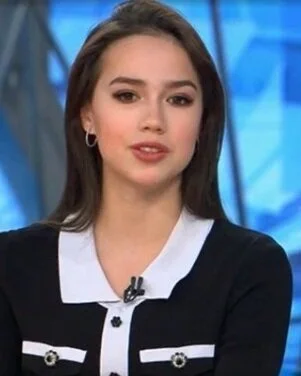Alina Zagitova takes a break: what does that say about figure skating?
/All the wailing and gnashing of teeth about the potential end of Alina Zagitova’s competitive career at age 17 has had enough time to die down that everyone can take a less emotional look at the situation.
And what better time to do that than just before the Russian National Championships? Had Zagitova, reigning Olympic and world champion, been competing in Krasnoyarsk this week, she would have been hard-pressed to improve on her startlingly poor fifth-place finish of a year ago, when three junior skaters swept the senior podium. Those three are likely to get all the medals again.
Yes, Zagitova insisted in a clarification Instagram post two days after announcing her plans that she is only taking a competitive break, while performing in ice shows and continuing to train. Wait until she sees how much better it feels not to be beating herself up and down – trying to contend with skaters in just her own Moscow club like the current top three in the world and the 11-year-old girl who just landed a quadruple toe loop.
And this is a lot bigger story than whether one skating champion like Zagitova can no longer keep up with the competition.
Read More



